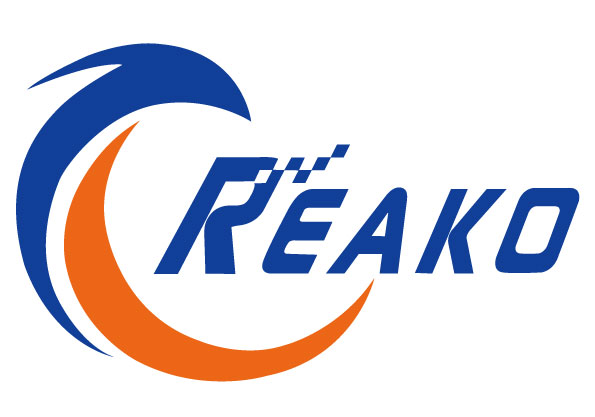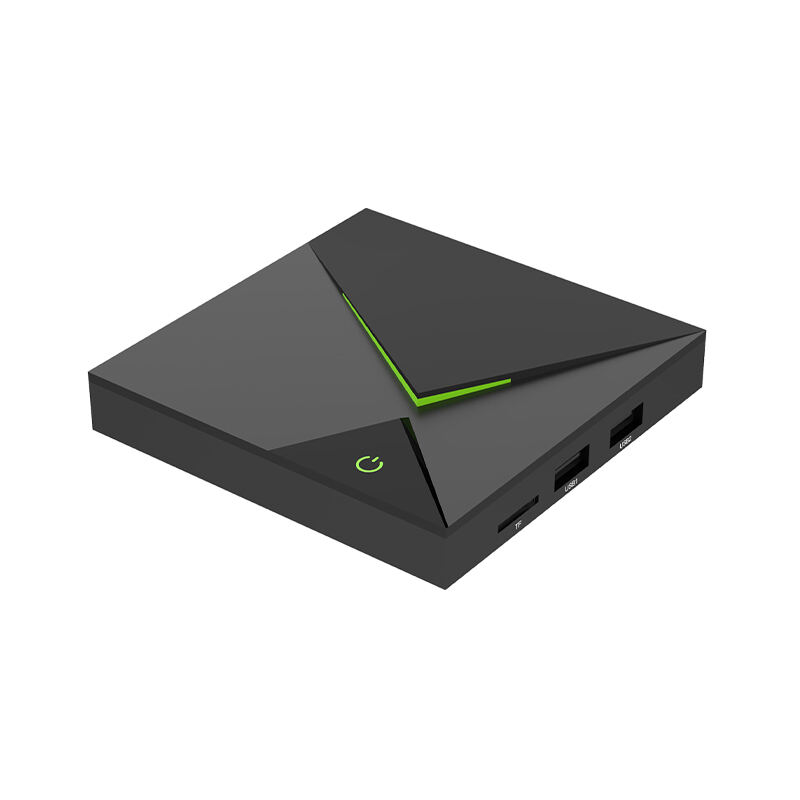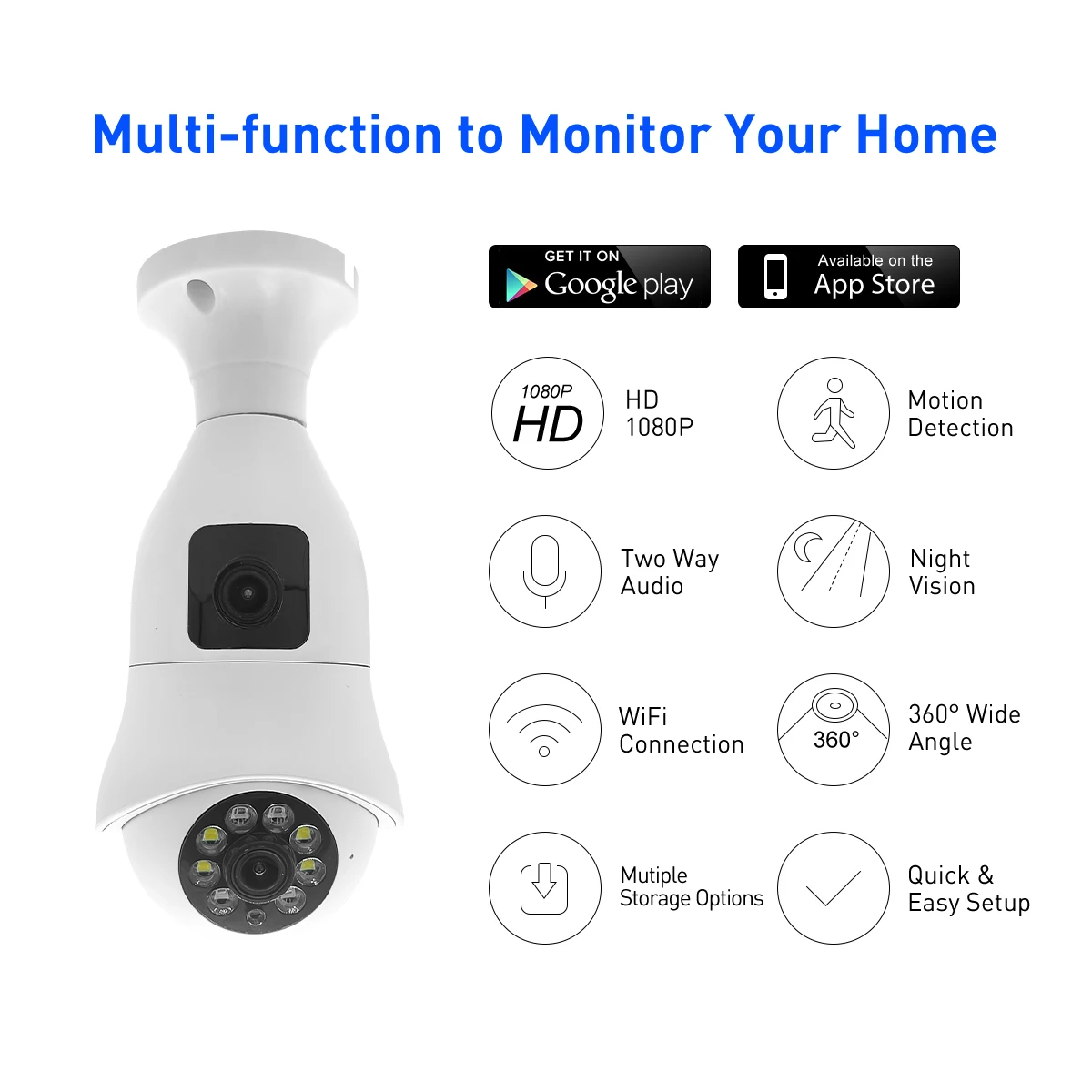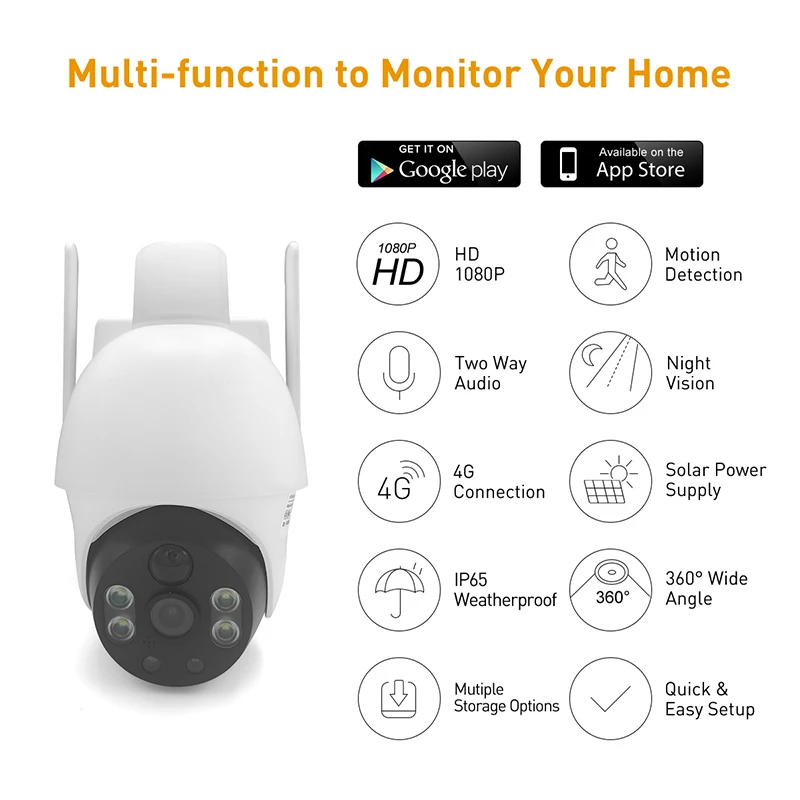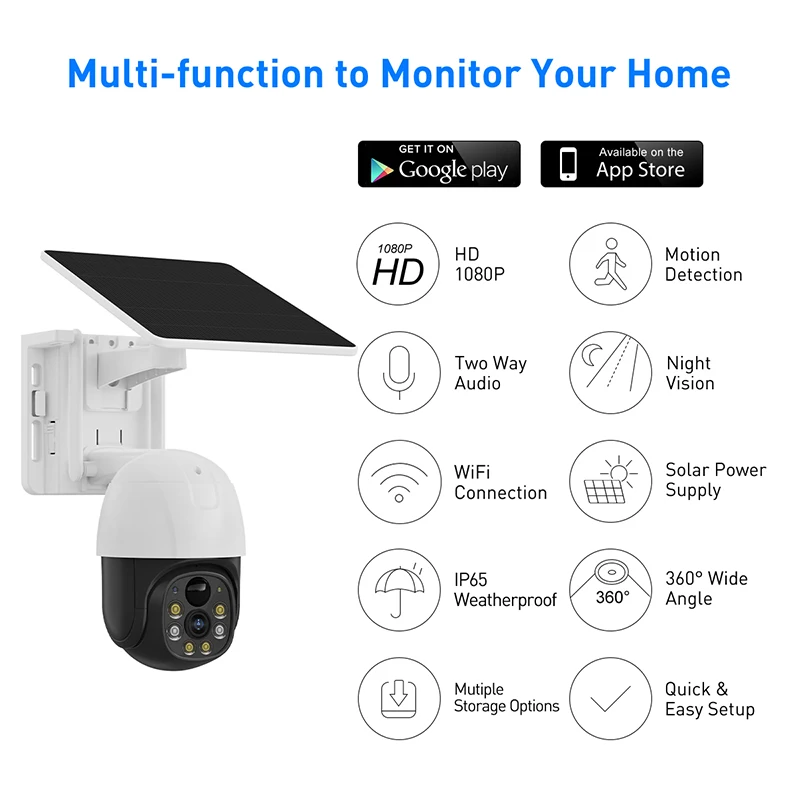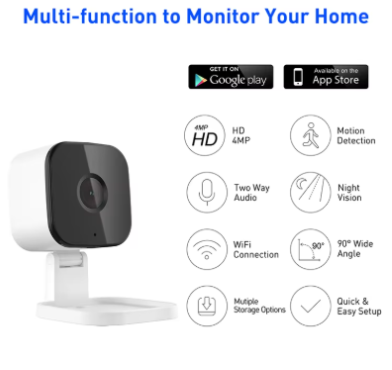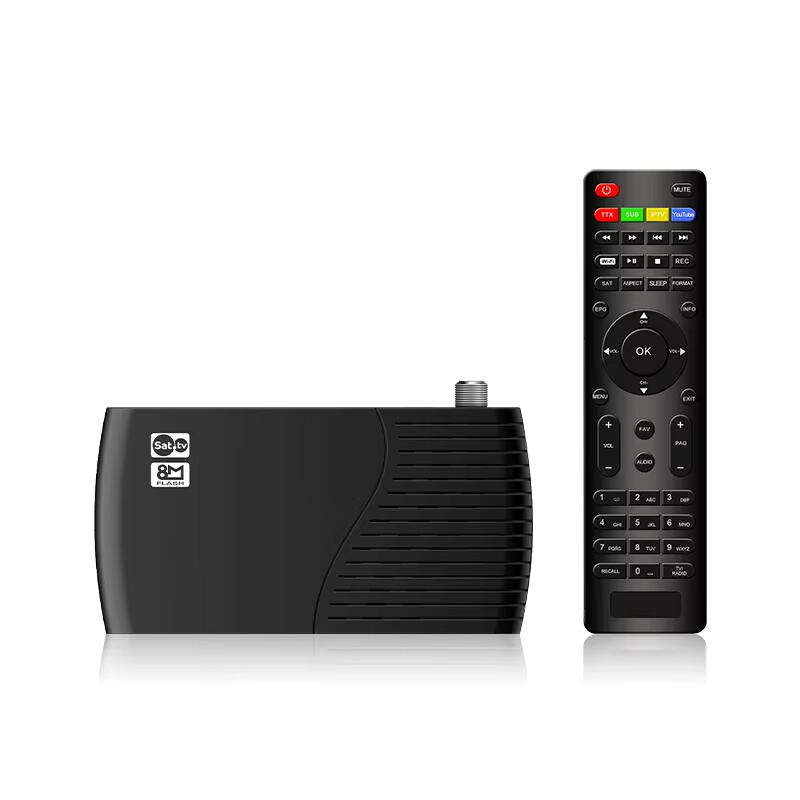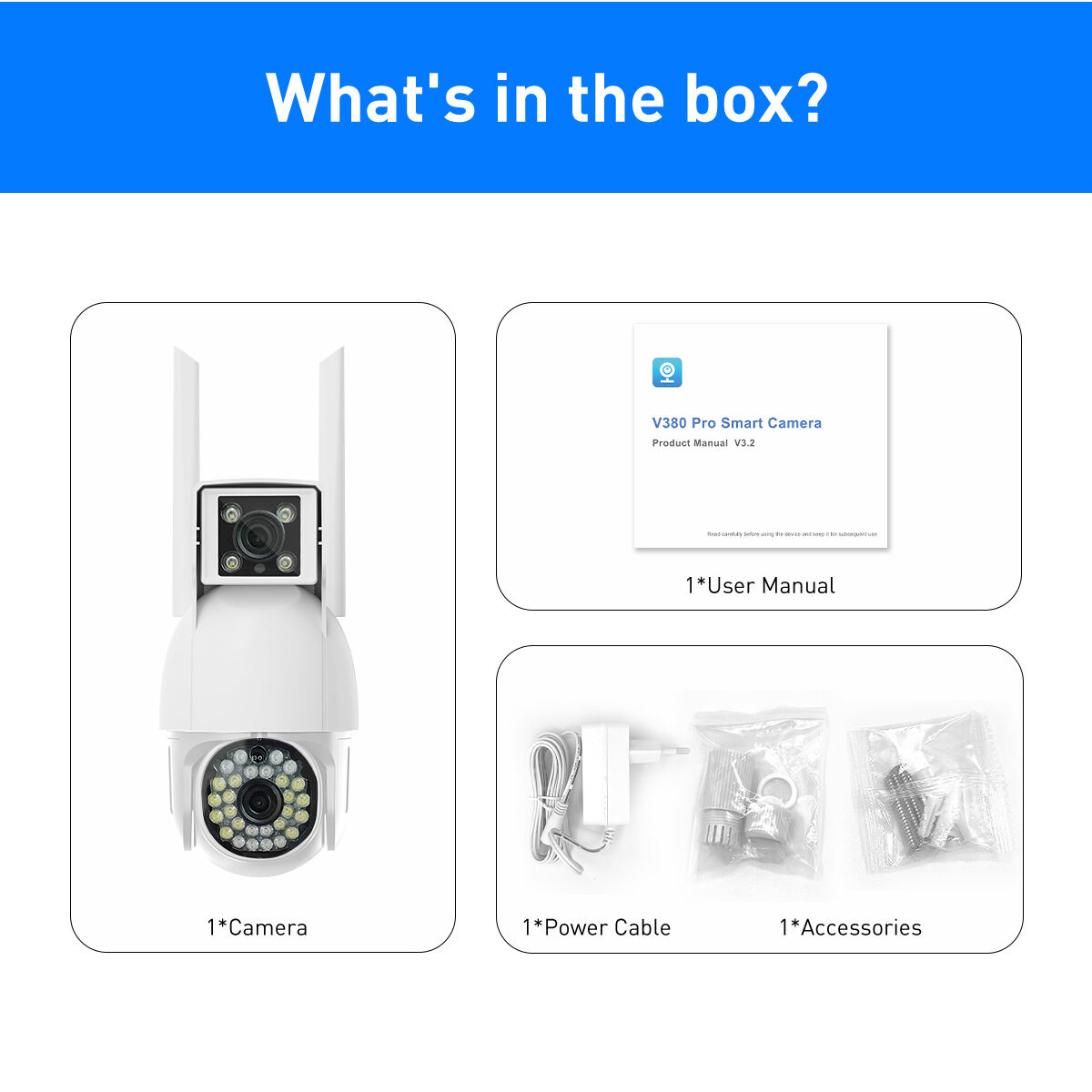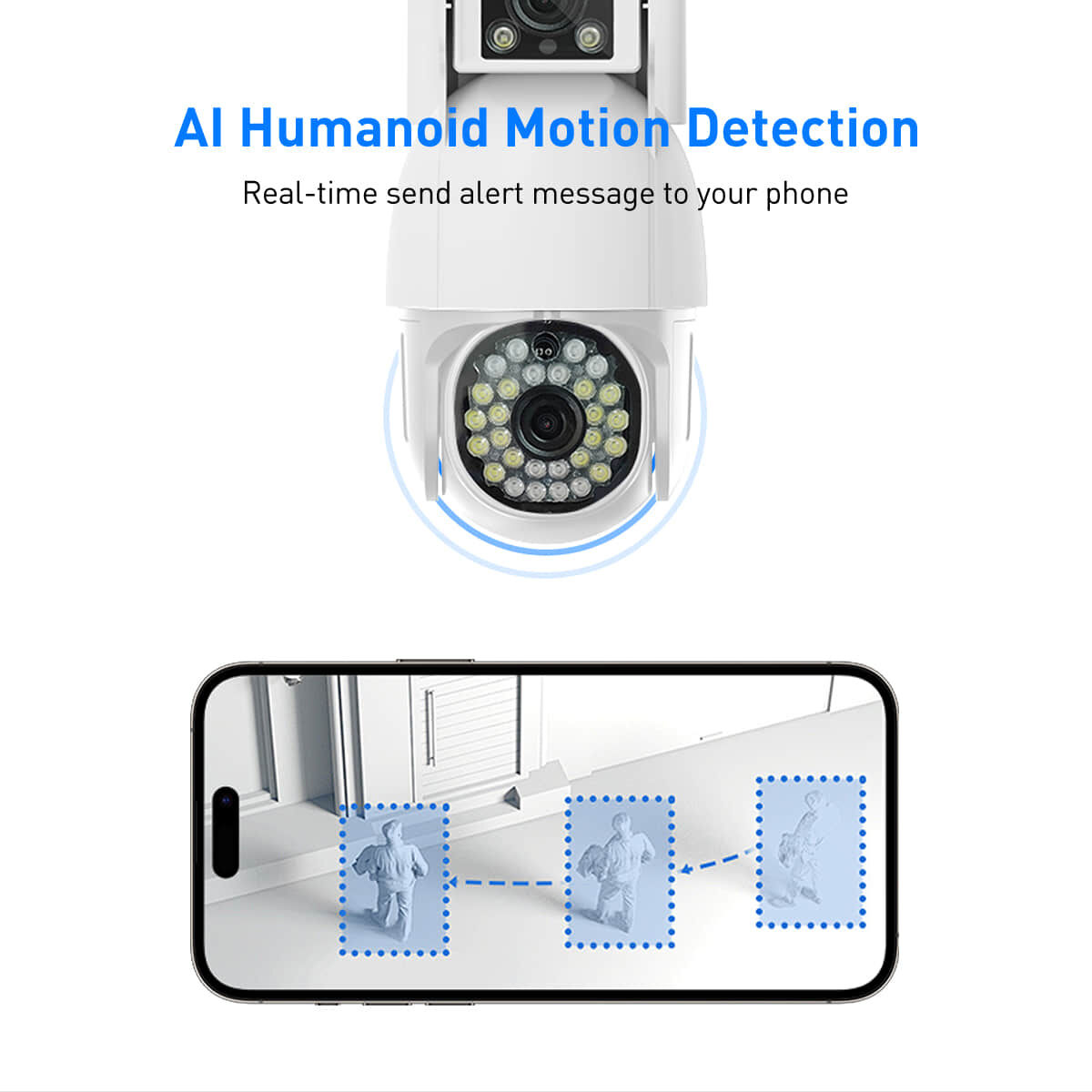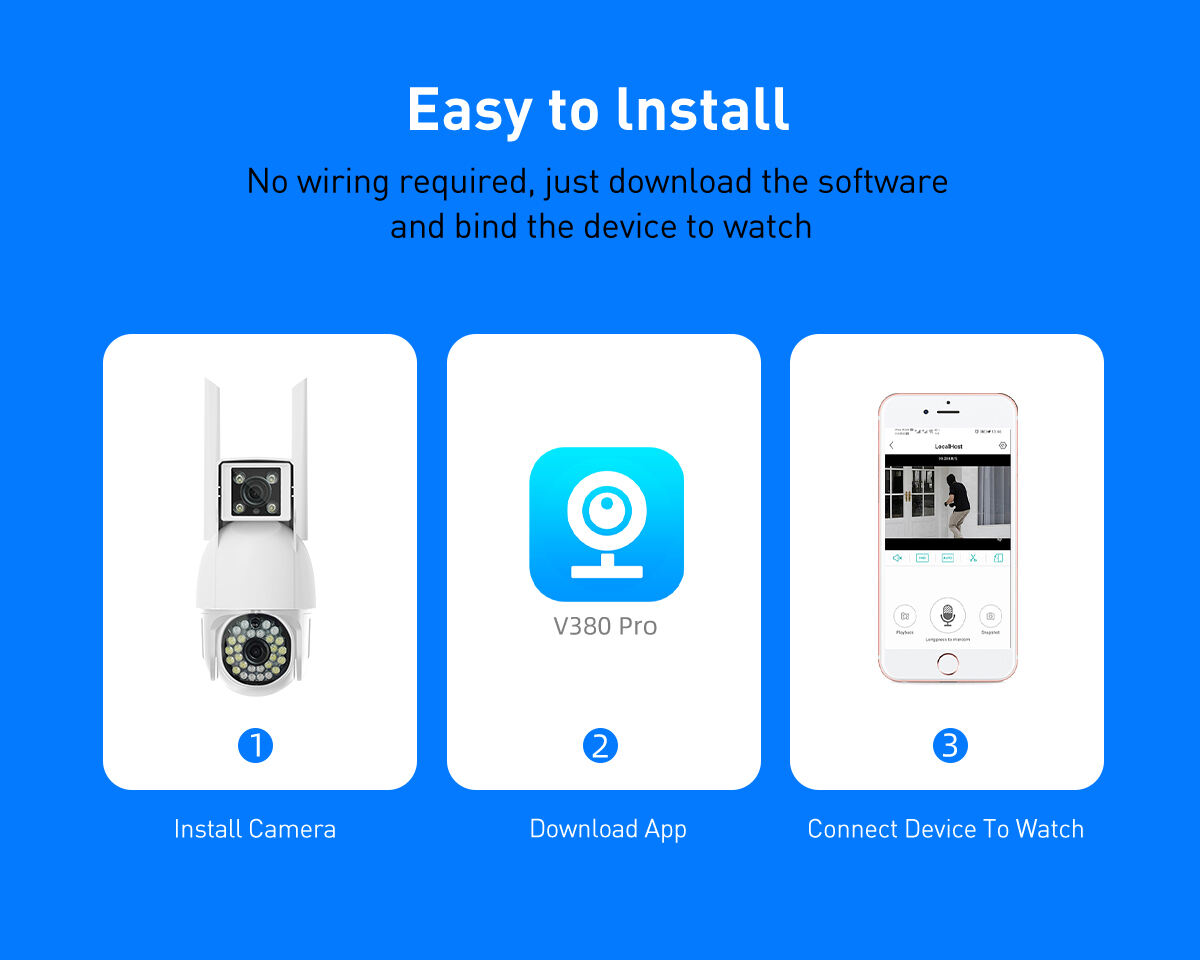ipc cctv
IPC CCTV, or Internet Protocol Closed-Circuit Television, represents a revolutionary advancement in surveillance technology that combines traditional CCTV capabilities with modern IP networking. This sophisticated system enables high-definition video monitoring and recording through digital cameras connected to an IP network. The system operates by converting video signals into data that can be transmitted across networks and the internet, allowing for remote viewing and management. IPC CCTV systems typically feature advanced capabilities such as motion detection, night vision, and two-way audio communication. They offer scalable solutions that can accommodate both small residential installations and large enterprise deployments. These systems support multiple video compression formats, including H.264 and H.265, ensuring efficient storage and transmission of footage. With resolutions ranging from 2MP to 8MP or higher, IPC CCTV cameras deliver crystal-clear images essential for security monitoring. The technology incorporates sophisticated features like Wide Dynamic Range (WDR), which optimizes image quality in varying light conditions, and Power over Ethernet (PoE) capability, simplifying installation by allowing both power and data transmission through a single cable.
